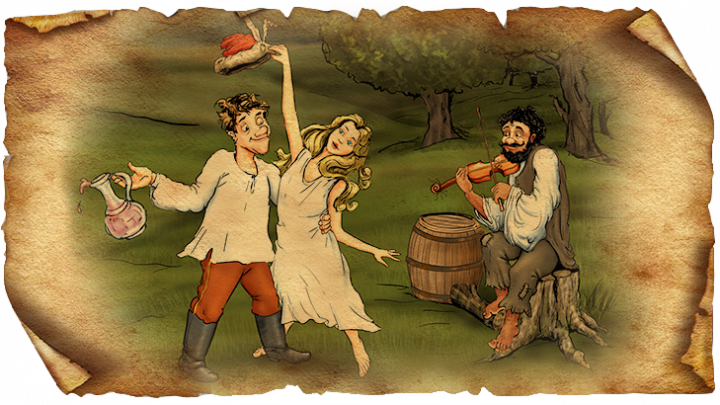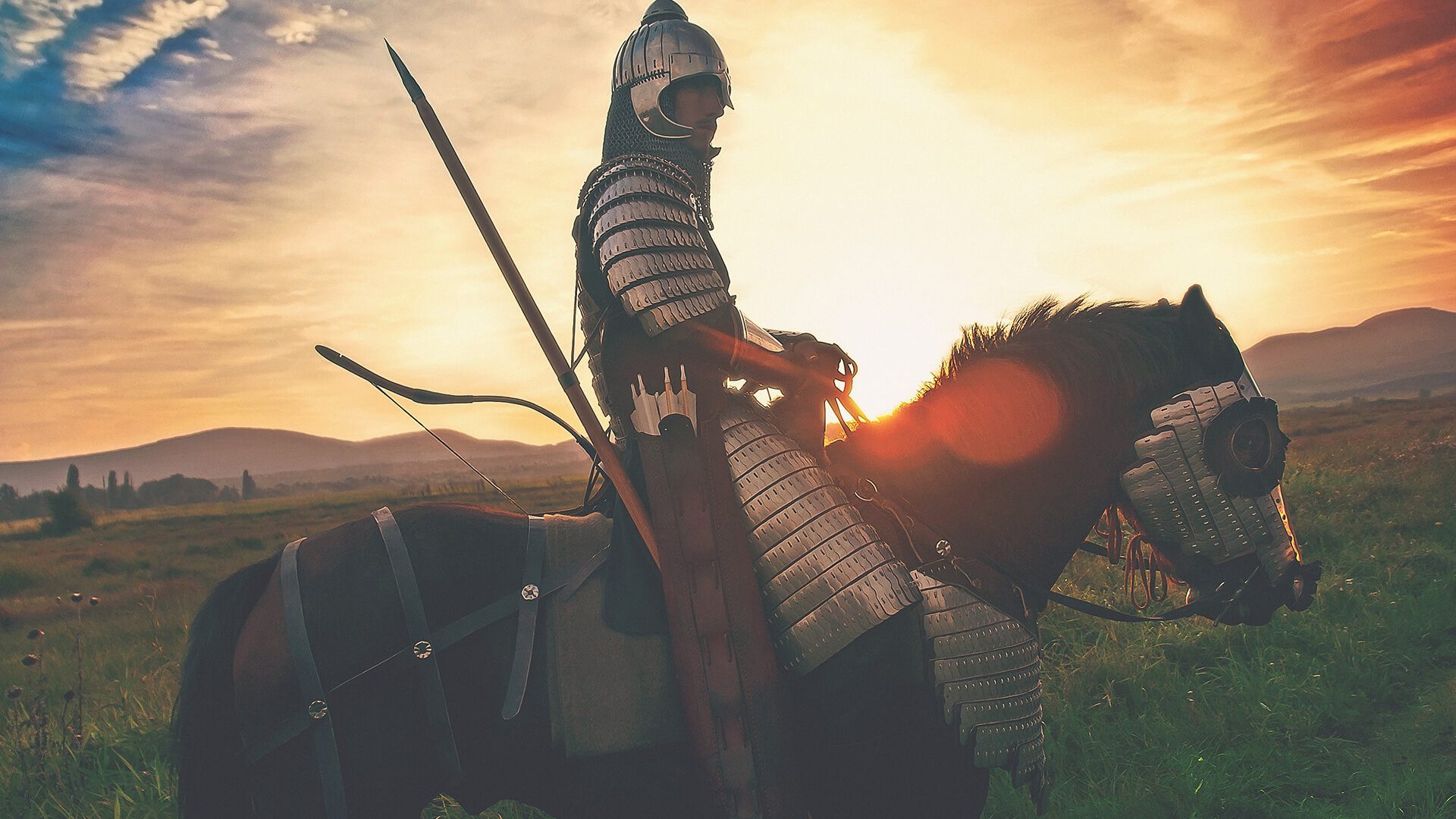Old beliefs from Brâncovenești

One of the most impressive buildings of the Upper Maros Basin is the Castle of Marosvécs - with many legends, myths and folk beliefs related to its construction and history.
According to one of the myths, the first inhabitants of the castle were probabl giants. These creatures were so huge that when they asked for a sieve from their fellows living in the Castle of Zászpád near Magyaró / Aluniș, one and a half hours away, they were handed over to them with one move. Beliefs wang their way about the fact that there were more tunnels on the hillside of Vécs, one of them connects the castle with the Holtmaros fortress on the other side of the river.
There were fairies on the meadow and in the forest under the castle, who always came up at midnight and bathed in the stream called „Gödörhát”. The folk tradition says about the nearby Alsóidecs / Ideciu de Jos that treasures were hidden in Leányvár / Girl Castle, also known as Spitzburg (in German, "Peaky Castle"). In the 13th century Saxons settled here - they thought the giants had left an immeasurable treasure in the stomach of the hill after they disappeared.
The Marosvécs edifice, known as the Kemény Castle today - unlike a good part of the beliefs surrounding it - is very real: besides the fact that it is one of the cradles of Hungarian literature in Transylvania, it is one of the oldest monuments in Mureş county. It was built in the middle of the 15th century, and the former fortress was replaced by the castle. Its actual form was won in the following century - the Kemény family, giving prince to Transylvania, came into the possession of the castle and estate after 1648, which remained in its possession for decades except from communism.
In the famous castle garden, the Helikon literary meetings were held in the 1920s and '30s, led by János Kemény, writer and protector. The famous stone table, which was designed and carved by Károly Kós, in memory of Aladár Kuncz, still stands there today. János Kemény, a writer and his wife, was buried near the stone table, and in 2000, the ashes of Wass Albert were placed near their grave.
Another place of interest is the Reformed church without a tower in the neighborhood of the castle. Built by the Kemény family in 1727, art historians call it one of the most unified Rococo spaces in Transylvanian church architecture. For tourists visiting the castle, the church is also a sight worth seeing.
There are no giants in the castle and on the hillside of Marosvécs - but the ghosts of the giants of Transylvanian Hungarian literature can be somewhere in the Kemény Castle and in its garden where so many lofty words and thoughts were uttered.
According to one of the myths, the first inhabitants of the castle were probabl giants. These creatures were so huge that when they asked for a sieve from their fellows living in the Castle of Zászpád near Magyaró / Aluniș, one and a half hours away, they were handed over to them with one move. Beliefs wang their way about the fact that there were more tunnels on the hillside of Vécs, one of them connects the castle with the Holtmaros fortress on the other side of the river.
There were fairies on the meadow and in the forest under the castle, who always came up at midnight and bathed in the stream called „Gödörhát”. The folk tradition says about the nearby Alsóidecs / Ideciu de Jos that treasures were hidden in Leányvár / Girl Castle, also known as Spitzburg (in German, "Peaky Castle"). In the 13th century Saxons settled here - they thought the giants had left an immeasurable treasure in the stomach of the hill after they disappeared.
The Marosvécs edifice, known as the Kemény Castle today - unlike a good part of the beliefs surrounding it - is very real: besides the fact that it is one of the cradles of Hungarian literature in Transylvania, it is one of the oldest monuments in Mureş county. It was built in the middle of the 15th century, and the former fortress was replaced by the castle. Its actual form was won in the following century - the Kemény family, giving prince to Transylvania, came into the possession of the castle and estate after 1648, which remained in its possession for decades except from communism.
In the famous castle garden, the Helikon literary meetings were held in the 1920s and '30s, led by János Kemény, writer and protector. The famous stone table, which was designed and carved by Károly Kós, in memory of Aladár Kuncz, still stands there today. János Kemény, a writer and his wife, was buried near the stone table, and in 2000, the ashes of Wass Albert were placed near their grave.
Another place of interest is the Reformed church without a tower in the neighborhood of the castle. Built by the Kemény family in 1727, art historians call it one of the most unified Rococo spaces in Transylvanian church architecture. For tourists visiting the castle, the church is also a sight worth seeing.
There are no giants in the castle and on the hillside of Marosvécs - but the ghosts of the giants of Transylvanian Hungarian literature can be somewhere in the Kemény Castle and in its garden where so many lofty words and thoughts were uttered.
